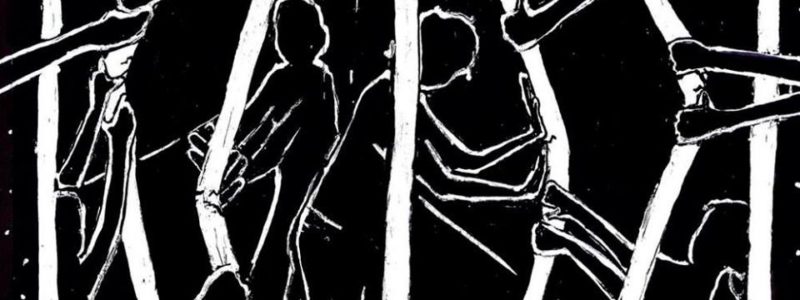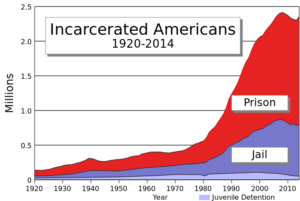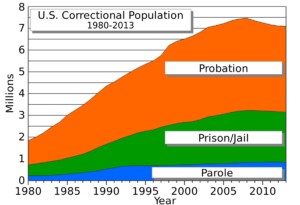At every full collective gathering we acknowledge that we live in a society founded on stolen land and stolen lives. Someone researches and presents a relevant topic and then we take a moment of silence to reflect. We share the research here for others as well.
The american colonial machine seeks the eradication or co-option of any resistance to it’s goals of homogeneity and control. Nowhere has this practice been more apparent or abhorrent than in the late 19th century with the advent of Indian Residential Schools.
These schools, more accurately described as factories of cultural destruction, found their predecessors, in the early missionary schools of the 17th century. Later, education and reform programs for freedmen in the post civil war era, such as those of the Hampton Normal and Agricultural Institute also known as Hampton University, were another source of inspiration. The residential schools went on to become a network of dozens of government funded assimilation schools, and hundreds of private schools.
Their goal was to disenfranchise, assimilate, and eradicate indigenous cultures and peoples through immersion in european-american culture and the separation of children from their families, language, beliefs and traditions. These schools did their best to erase identities, often forcing people to abandon even their own names. Natives were forced to cut their hair, speak English, dress in western clothing, and were provided with western education and theological instruction to prepare them for the eventual total domination of their land by white settlement. Any sign of their traditional culture and behaviors was forbidden, with often harsh punishments for any infraction.
The practice of re-programming these individuals, though barbaric, was believed by many, including Richard Pratt, an early proponent of Residential Schools, and founder of the flagship Carlisle Indian Industrial School, to be a humanistic and civilized alternative to the popular practices of dealing with indigenous peoples, namely genocide and confinement to reservations. The Carlisle Indian Industrial School was the first off-reservation assimilation model boarding school and therefore the first of a particularly damaging practice, that of separating of children and young people from their communities and heritage. This school was active for almost 40 years, being founded in 1879 and closing in 1918. Many schools based on this model were active until the middle of the 20th century.
During the middle and late 19th century, at odds with white colonial society and nearing the end of an era of centuries long militant conflict with white invaders, tribal peoples were experiencing rapid population decline. They were increasingly systematically disenfranchised and moved to reservations through acts like Jefferson’s Indian Removal Act of 1830, or the Dawes Act of 1887.
The move to provide basic literacy and western education was, during this period, often marketed as a means to protect this increasingly marginalized people. In reality, it was a push to assert the dominance of the white western culture over the supposedly inferior Native societies. This false pretense was used as justification for an attempt at fundamentally destroying a way of life. This can be summed up by the quote from Pratt “Kill the Indian, save the man.” Peoples with strong traditions of militant resistance to colonialism were specifically selected for recruitment to the boarding schools.
These schools were the site of horrible abuse and torment directed at students. Children were subjected to corporal punishment, physical, sexual, and psychological abuse, and were susceptible to a host of deadly infections. Thousands of Native children died far away from their homes and loved ones, and were buried in often nameless graves on the the sites of these institutions. The number of deaths were often inaccurately recorded, probably due to their high numbers.
It is difficult to overstate the effect of these schools on Native societies. Coupled with government programs offering land grants in exchange for the renunciation of tribal treaty rights, the move was to subjugate a people whose traditional way of life did not allow for the same level of control and domination that western society could wield against the individual. Women’s place in Native society, a culture that allowed for women to hold positions of high regard and substantial power, warriors, chiefs and keepers of sacred traditions was to be replaced, by these programs of brainwashing, with the slavery and subordination that colonial american culture reserved for women. The powerful understanding of the land as an un-ownable and communal resource was to be replaced by the enforced selfishness of the private land ownership structure. This served not just to fracture treaty and land rights agreements, but to separate and destroy the bonds of native communities.
Only through the separation and isolation of the individual from their community could western society hope to mold the individual into a unit of production, a cog in the industrial machine. Many of the programs taught at these Native boarding schools were vocational in nature and hoped to prepare Natives to renounce their former freedom in order that they may become productive and dominatable members of western society.
“The whole education process must be recognized as fundamentally different when one passes from white society to Indian society. Education in white society appears to be a creator of communities. It is oriented toward the production of income-producing skills, and the housing, business, entertainment, and recreation sections of white communities reflect this fact. But in the tribal setting, communities are the producers of education. At least they were in the past, and we can make them so today. When communities produce education, the groupings of the community reflect the charisma, wisdom, and activities of the various parts of the community. The respective activities can be viewed in relation to their importance to the community. In that way, the sacredness of the community can be protected and developed.”
-Vine Deloria, Jr.
Though Native peoples suffered through innumerable injustices, and continue to suffer under colonialism, it should be noted that their spirit of insurrection could not and cannot be crushed by even the most vicious of strategies.
“Perhaps the most fundamental conclusion that emerges from boarding school histories is the profound complexity of their historical legacy for Indian people’s lives. The diversity among boarding school students in terms of age, personality, family situation, and cultural background created a range of experiences, attitudes, and responses. Boarding schools embodied both victimization and agency for Native people and they served as sites of both cultural loss and cultural persistence. These institutions, intended to assimilate Native people into mainstream society and eradicate Native cultures, became integral components of American Indian identities and eventually fueled the drive for political and cultural self-determination in the late 20th century.”
-Dr. Julie Davis
Across the globe, from the contemporary revolutionary struggles of tribal people, to armed resistance against early european colonialism, aboriginal struggle stands as a testament to the power of the human spirit. The advancement and domination of the planet and its people by western civilization continues to threaten the foundation of our individual identities, and our individual liberty. This process will not end until the systems of civilization and colonialism are understood, confronted, and destroyed.


